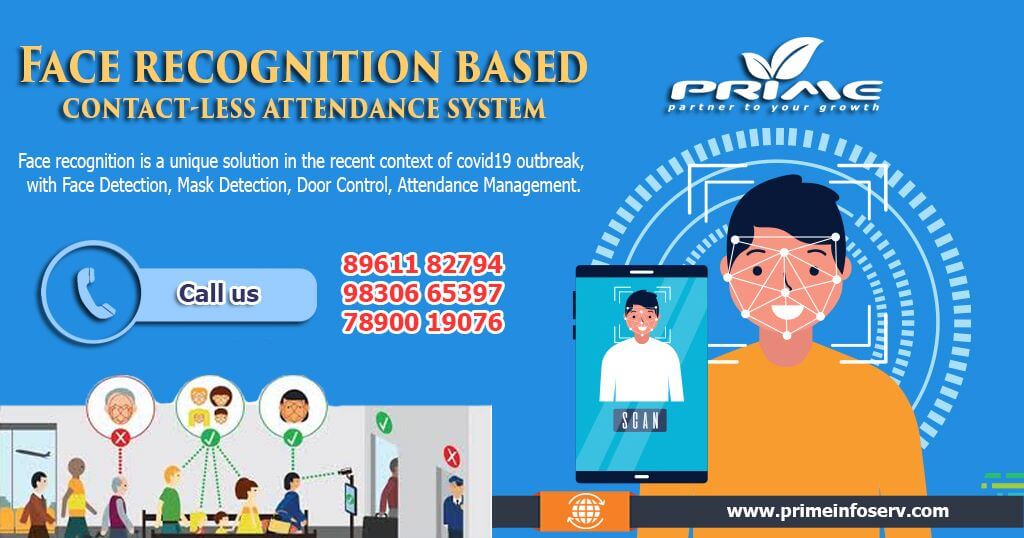PREFACE
Confronted with a deadly “crowd” disease, the public health authorities are trying to implement social distancing norms at an unprecedented level of intensity to stop its spread. Recent reports from authentic sources suggest that early and sustained imposition of gathering bans, school closures, official closures, and other social-distancing measures might reduce mortality and affected rates of COVID19 pandemic.
However, the spread of the Novel Corona Virus has approached us in the guise of both “Destroyer” and “Teacher.” Also, it has many lessons to instruct if only people were wise enough to comprehend them. Among the most significant of these lessons were the difficulties inherent in controlling the deadly swift-moving disease, especially in communities knit closely together by mass transportation, mass media, and mass consumption. In spite of unprecedented efforts at mass education and coercion designed to halt it, the disease is spreading with lightning speed.
Perhaps the pandemic’s most crucial lesson is realizing that these measures work the best to control the disease: the restrictions on open get-togethers, school and office terminations, and strict quarantine isolation those most challenging to implement in an exceedingly modern mass society.
It is time to create a firewall against the deadly pandemic, focusing on the enforcement of personal hygiene measures.
PREVAILING SITUATION
What contemplates being the leading system for listing the employees’ attendance has now become expendable and fatal since any touch-based connection of the physical body would conduct enough risk of people being dwindled with the ugly virus.
Since lock-down has imposed and offices are out of whack, corporates have put a halt to the traditional contact-based Biometric attendance and time apparatus to prevent the further spread.
Nevertheless, governing and preserving employee attendance in every small or big organization is belly-aching and indeed hyper-critical. The system of biometric attendance and time is the most explicit in keeping records of clock-in and clock-out time of the employees, which helps accomplish practical excellence. In fact, in the prevailing circumstances, the Fingerprint-based Biometric attendance system might not be re-imposed even after the pandemic ceases to exist. Since doctors and epidemiologists worldwide have attested that infections spread the most through human touch and infected surfaces, marking the biometric system of attendance is easy prey for contamination.
Common public fingerprinting was in operation for registering employee attendance, and identity marking (road transport offices for registering vehicles, issuing certificates like licenses, entry substantiation at office complexes, ATMs, police stations, and airports) a standstill after the outbreak of the pandemic. Even while taking a new sim card for your phone, an individual’s Fingerprint is necessary.
Most eminently, our Aadhaar cards, the most essential of identity distinguishing documents, are issued by the UIDAI only after verifying the individual’s fingerprints and thumb impressions using a biometric set-up.
QUICK FIX
However, the issue of contact-induced Covid risk remains whenever attendance is marked using Fingerprint. We are functioning on resolving this epidemic incited structural problem with feasible and sturdy actions to label this and contribute to fabricating imperishable government pieces of information and Communications Technology infrastructure. All sorts of touch grounded biometric attendance systems in the state have fallen back to manual means in whatever place is required.
While investigating various ways to address this concern, we look into diverse contactless attendance options like facial recognition. Scans are brought into the play to spot potential patients of the virus. These people restrain from entering congested premises such as residential societies, office campuses, shopping complexes, and school campuses.
The proactive Telangana government has already started implementing e-governance operations by grasping emerging advanced technologies in the arenas of municipality election voter verification, Road Digital pass, pensioners, and life certificate issues. The new scanning equipment checks the human body’s temperature at a distance of 1-3 cm from it. It is a surveillance system enabled by comparatively cheaper cameras and a live-facial identification technology coating to deliver a solidly-built and accurately contact-less attendance system.
As security solution providers, it becomes our duty to keep an eye on validating developing public applications of current technological advancement. We are looking into new industrial-group solutions that have popped up from the domains of thermal imprint and mask images and social distance monitoring since it is the only way to stop the spread of the deadly virus.
CONCLUSION
Daily everyday life has come to a practical standstill in large parts of the world due to the upsurge of the pandemic Covid-19. Schools and universities across the globe remain closed, and fieldwork is interrupted, offices shut down. Death rates are rising. Infected rates are high. The time has come to replace the finger-based Biometric attendance apparatus with a contactless system, which is the most hygienic way out possible in Covid situations, keeping continuing education, business, and healthcare. Since the economy can’t come to a standstill, and for our well being, adoption of a touch-less, contactless solution will also facilitate our day to day activities.
The fear of touching public surfaces sparked by the Covid19 outbreak spurred a shift from fingerprint sensors to face recognition systems for allowing access to employees across offices in India. Face recognition may be a unique solution within the current context, where touching a surface by multiple people has emerged as a possible explanation for infection.
Traditional Biometric attendance devices are dead with the rise of contactless/Hygienic/Social distancing AI deep Learning-based Facial recognition system.
We are working closely with manufacturers and customers to support the burning needs of Face Recognition Based attendance system and Thermal Camera-based Health check-up during entry to the premises.
Any specific requirements, may touch base with us at info@primeinfoserv.com




